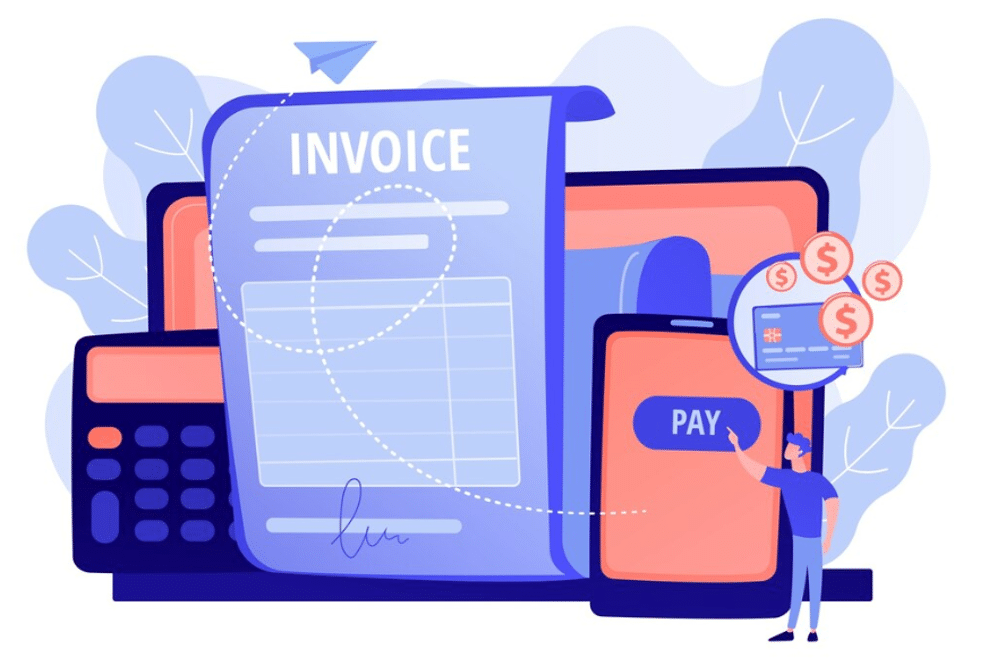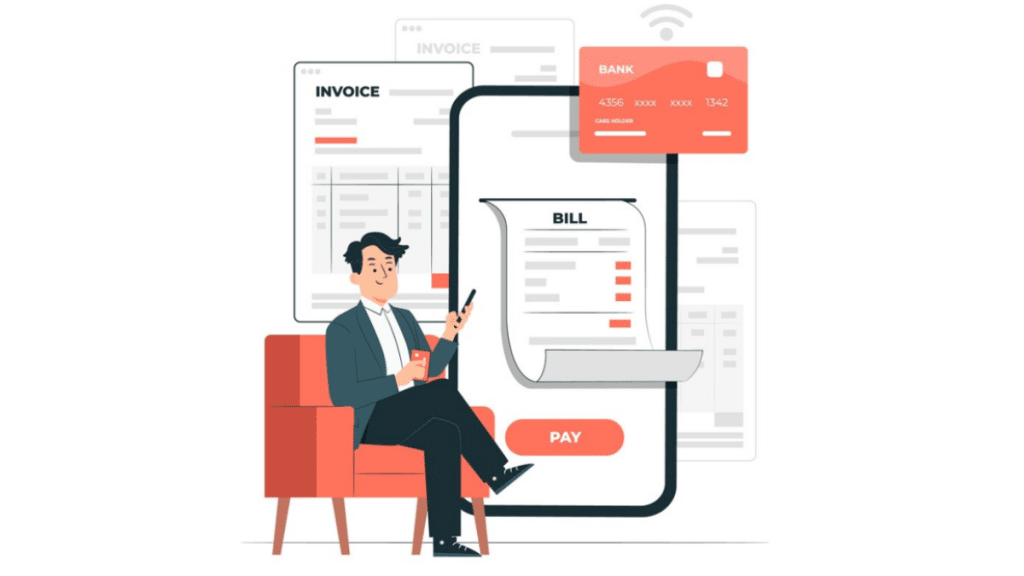To enhance productivity and decrease expenses, every branch of a business has the responsibility of finding techniques to optimize procedures. The accounts payable (AP) sector is equally accountable for this task. Traditionally, Accounts Payable was an elaborate process that entailed manual handling of invoices as well as approvals and payments processing. However, with cutting-edge invoice automation technology available today; organizations are now able to streamline their Accounts Payable workflows resulting in improved precision rates at greater speeds leading towards enhanced functional efficacy throughout the establishment.
Traditional Accounts Payable Process: Challenges and Limitations
. Time-Consuming Manual Data Entry
Typing invoice particulars manually into an accounting system can be a sluggish process and prone to mistakes, resulting in delayed payments and potential inconsistencies within financial documents.
. Invoice Processing Bottlenecks
During peak periods, the amount of invoices can rapidly accumulate. Without automation, each invoice must be handled separately which causes considerable inefficiencies and delays in processing.
. High Error Rates
In a system that depends on manual processes, errors caused by humans are likely to occur. These can range from inaccurate data inputting to the misplacement of important documents. Mistakes like these may lead to reimbursements being too much or lacking entirely which could negatively affect supplier partnerships.
. Lack of Visibility
It is a real challenge to monitor the status of invoices and payments without automation. This lack of visibility may result in insufficient cash flow management and difficulty in predicting anticipated financial requirements.
Upward Trend of Invoice Automation
The use of technology to handle the complete accounts payable procedure, starting from receiving invoices up until payment processing is referred to as Invoice automation. With this system in place, invoices can be easily captured, processed, and sent for approval with minimal human intervention. This significantly decreases manual labor. The vital elements involved in this technological mechanism usually include Optical Character Recognition as well as machine learning alongside artificial intelligence, which are essential factors that ensure effectiveness and accuracy during operations.

Important Features of Invoice Automation
. Automated Invoice Capture
Invoicing automated systems possess the ability to acquire invoices from multiple origins such as electronic data interchange, email, or scanned documents. By incorporating OCR technology, pertinent details of the invoice are rapidly extracted and entered into the accounting system without manual intervention.
. Smart Data Validation
Automated systems are used to validate captured data, ensuring its accuracy by sticking to pre-established rules. This procedure entails examining duplicate invoices, authenticating supplier information, and cross-checking purchase orders.
. Automated Workflow Routing
The captured and validated invoice data is automatically routed through predetermined workflows by the system, allowing approvers to review and approve invoices electronically in a quick manner.
. Seamless Integration with ERP Systems
By integrating invoice automation tools into existing Enterprise Resource Planning systems, the company can ensure that its financial records are automatically and accurately updated with invoice data.
. Real-Time Reporting and Analytics
Automated systems provide businesses with the advantage of receiving immediate information on invoice statuses. They offer in-depth analysis and detailed documentation to assist in monitoring progress, pinpointing problematic areas, and forecasting cash flow trends.
. Automated Payment Processing
After approval of invoices, the payments can be scheduled and processed automatically to guarantee punctual payment while minimizing late fee risk.
Benefits of Invoice Automation
Invoice automation can give huge advantages that greatly improve the efficiency and effectiveness of accounts payable. Below are some noteworthy benefits:
1. Increased Efficiency and Productivity
By providing faster invoice processing times, automated workflows allow accounts payable staff to focus on more crucial tasks like vendor relationship management and financial analysis. This results in a substantial decrease in the amount of time spent on manual data entry and bill processing.
2. Improved Accuracy
Reducing the probability of errors, automation in invoicing facilitates accuracy and consistency by slashing manual data entry. Automated validation checks guarantee precise information while also reducing discrepancies and minimizing payment conflicts.
3. Enhanced Visibility and Control
Real-time visibility throughout the entire accounts payable process is facilitated by automation. This enables companies to keep track of invoice status and payment schedules, whilst also producing intricate reports that can aid in effective cash flow management and financial planning measures.
4. Cost Savings
Companies could cut labor costs by limiting manual intervention. Moreover, automated systems prevent late payment penalties and provide opportunities to benefit from suppliers’ early payment discounts.
5. Strengthened Vendor Relationships
When payments are made promptly and precisely, it fosters reliability and allegiance from suppliers. Implementing automation guarantees timely payment delivery, which mitigates the potential of fracturing partnerships and disruptions throughout the supply chain.
6. Reduced Risk of Fraud
Incorporated within automated systems are security features designed to identify and hinder fraudulent activities. Such measures consist of identifying uncommon transactions, enforcing separate responsibilities, and verifying compliance with company protocols.
7. Scalability
Invoice volumes tend to increase rapidly as businesses expand. With invoice automation, managing such high-volume invoices is scalable without sacrificing efficiency or precision.
8. Environmental Benefits
Shifting towards an automated, digital system lessens the necessity of storing physical copies and reduces the environmental consequences that result from printing and delivering paper invoices.
Future of Invoice Automation
AI and Machine Learning
Using AI and machine learning algorithms enables the analysis of large sets of data, indicating trends and anticipates outcomes. For automating invoices, these technologies can spot outliers in information entries, anticipate financial needs, and improve payment timetables.
Blockchain Technology
In the realm of transaction recording, blockchain assures a dependable and open method. Implementing this for invoice automation means that invoices and payments can be permanently documented, reinforcing integrity while mitigating fraud risk to bolster confidence between transaction parties.
Robotic Process Automation (RPA)
The utilization of RPA within the accounts payable process offers a chance to mechanize tedious duties, including the inputting and verifying of information. Businesses can enhance efficiency and precision significantly by merging invoice automation with RPA technology.
Summing Up,
The process of accounts payable is being transformed by invoice automation, enabling companies to enhance efficiency, reduce expenditure, and increase precision. Automating manual duties allows businesses to allocate resources more effectively, cultivate strong vendor relationships, and achieve improved financial control. Although there may be initial hurdles in implementing this technology-driven approach into an existing system; the long-term advantages make it a valuable investment for any business aspiring towards future prosperity in today’s competitive market environment where technological advancement remains continuous.
